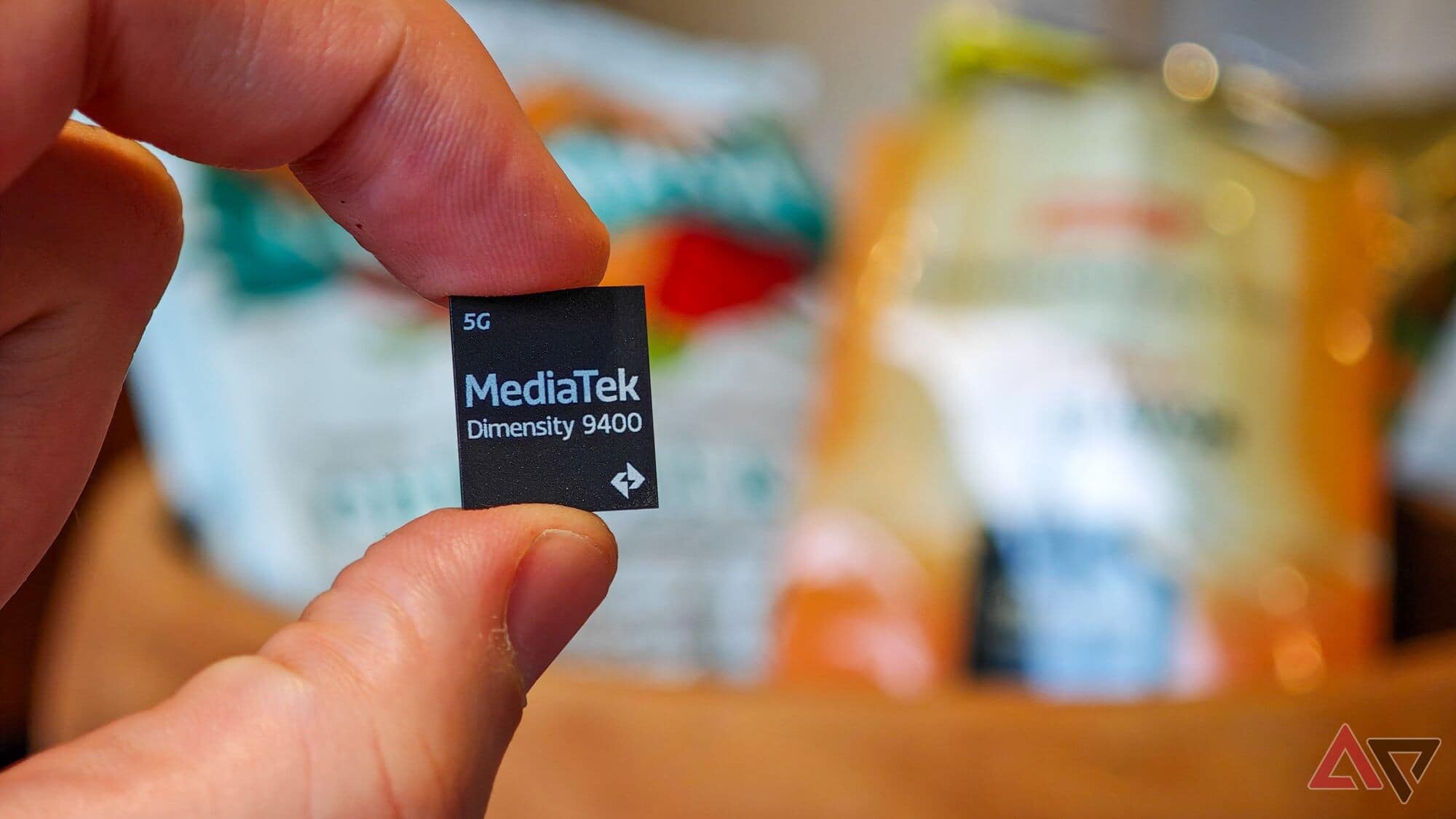
MediaTek unveils Dimensity 9400, world's 1st 3nm Android chipset
What's the story
In a major milestone for the Android ecosystem, MediaTek has unveiled its latest flagship chip, the Dimensity 9400.
The new processor is the first of its kind to be manufactured on TSMC's second-generation 3nm process, dubbed N3E.
The advanced manufacturing process enables a significant boost in power efficiency over its predecessor.
Efficiency boost
It boasts 40% improved power efficiency
The Dimensity 9400 is a major upgrade over last year's 4nm Dimensity 9300, promising a staggering 40% improvement in power efficiency. This is mainly because of TSMC's advanced N3E process used in its production.
However, it is worth mentioning that while this is a first for Android chips, Apple had already introduced its A17 Pro chip using the same process a year ago.
Design shift
A departure from traditional chip design
The Dimensity 9400 breaks away from the norm of chip design with eight "big" cores, a move designed to enhance performance during demanding tasks.
This "All Big Core" design consists of one prime Cortex-X925 core clocked at 3.62GHz, three Cortex-X4 cores, and four Cortex-A720 cores.
Even with its unconventional setup, MediaTek claims that this design offers a balance of peak performance and power efficiency.
Performance leap
It outperforms predecessor in benchmark tests
In benchmark tests, the Dimensity 9400 has shown a huge performance leap over its predecessor.
It scored 3,055 on Geekbench 6.2's single-core test and 9,600 on its multi-core version, marking jumps of 35% and 28% over the previous model.
These scores also beat those recorded by Qualcomm's Snapdragon chip on Samsung's S24 Ultra device.
Tech advancements
Dimensity 9400 supports advanced display and AI features
The Dimensity 9400 also comes with ARM's latest 12-core Immortalis-G925 GPU, which MediaTek says drives a further 40% performance boost.
The chip supports WQHD+ resolutions at an impressive 180Hz refresh rate, and is compatible with tri-fold screens like the one on Huawei Mate XT.
Plus, it houses MediaTek's own eighth-generation NPU for training certain types of lightweight AI models on-device.